
OLIVE OIL TASTING 2: THE RULES
LESSON 2
Tasting Olive Oil “In Pills” Blog Series.
Do you want to become a real Olive Oil expert and be able to taste its flavors and aromas?
It’s necessary to slow down and take time to “observe” and appreciate aromas to move your approach to food from simple eating to a pleasurable experience.
Here we go with some basic rules and notions you need to be able to enjoy your food and your EVOO the most.
Not only what we eat but how we eat influences how we feel
1991: Standards of ICO
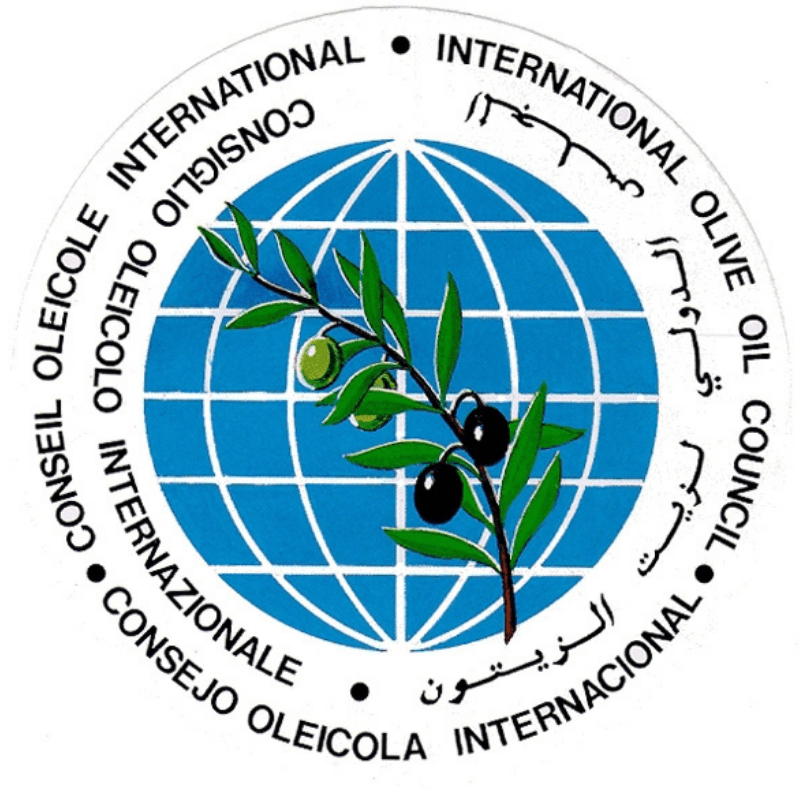
“Sensory and Chemical Standards Guarantee quality.
The assessment method, the system of classifications and the codified vocabulary, and the guideline for labeling.”
The Oil's Judges: the panelists

THE PANEL
The panel is composed of a panel leader and 8-panel members. They have an excellent trained ability to recognize, describe and quantify many sensory characteristics, following a codified method, using specific descriptive words, scores, and a scorecard.
They constantly train their senses to improve!
The panelists constantly train their senses to improve!
The Rules: no perfumes!

PROFESSIONALS EVOO TASTERS RULES
Any panels are required to follow some rules before tasting:
1. Tasting should occur between 10 and 12 am, as senses are sharper in the morning.
2. Panelists must refrain from eating, drinking coffee, and smoking one hour before tasting.
3. They are not allowed to wash with scented soaps or wear scented lotions or perfumes.
4. No lipstick!
“It’s essential to have neutral senses to analyze the olive oil and objectively evaluate it ( the same for professional wine tasting ).”
Blue or Transparent? The Glasses and technique
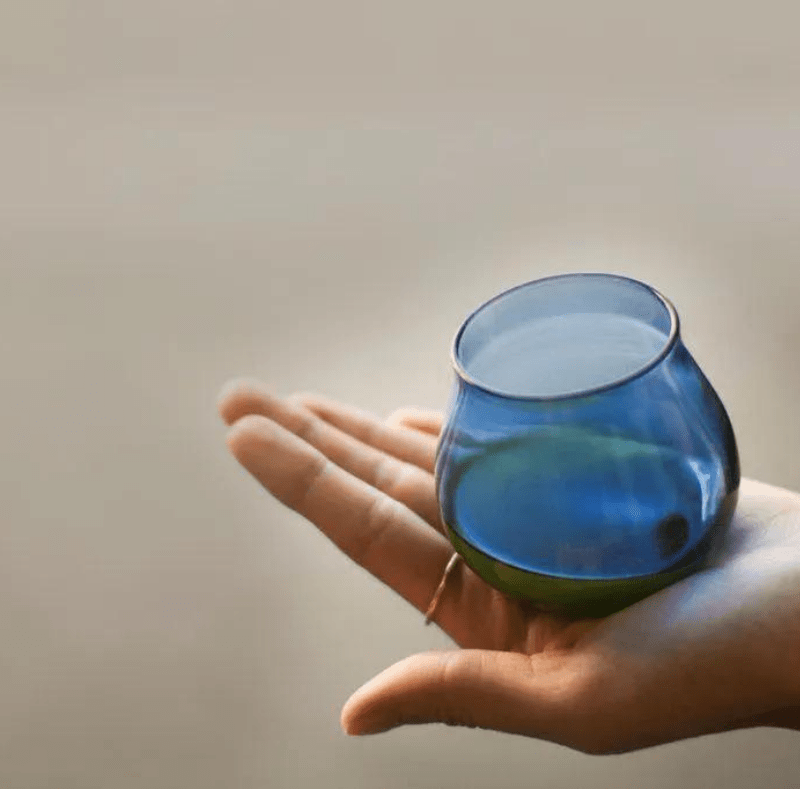
The standard glasses can be blue ( ICOguidelines for tasting ) for those who think that the color of the oil is not indicative of the quality and could interfere with the panel analysis. Other panels use colorless tasting glasses ( transparent ) because they consider color an integral part of the evaluation.
28°: warm up the oil for an intense sensory experience
the glasses are filled for about 20 ml and then warmed up by hand, using the palm or through warming pads at the temperature of 28°C. (80°F).
Scorecard
Testing panels use a scorecard to take notes and rate the olive oils. Then, the panel leader uses the results, and the data generates a final result.
The sensory experience. 3 Steps: reception, recognition, and reaction.
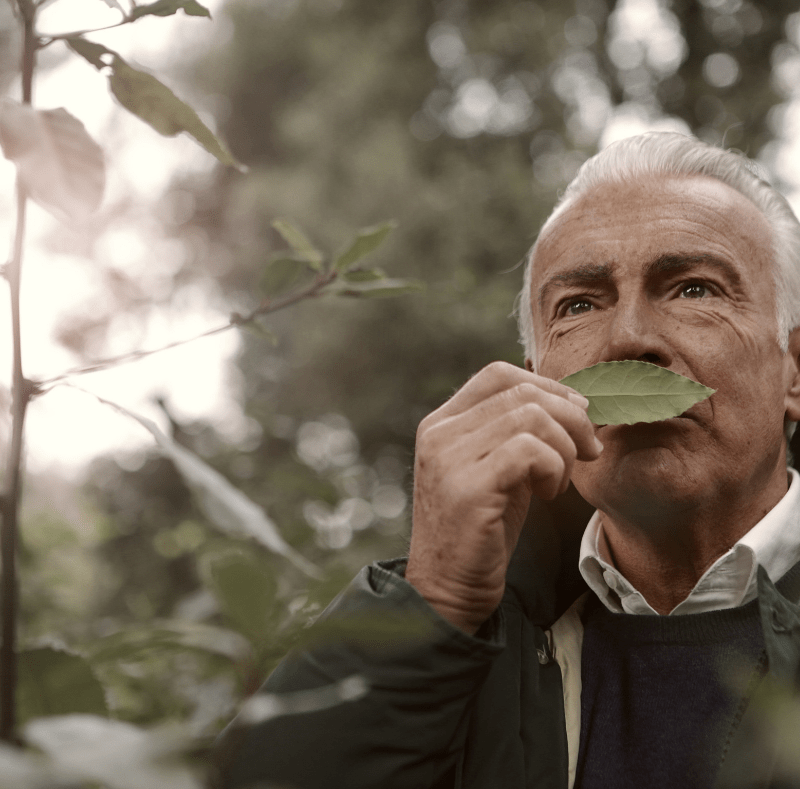
RECEPTION, RECOGNITION, REACTION.
These three moments are vital to recognizing, quantifying, and describing the oil.
1. Reception: sensory characteristics* of olive oil received through SMELL and TASTE.
CHARACTERISTICS*: AROMAS – TASTES – TEMPERATURE – TEXTURE -AFTERTASTE.
2. Recognition: of the oil characteristics through a message sent to the brain by the receptors* of smell and taste.
RECEPTORS*: NASAL CAVITY – TASTE – BUDS – THERMORECEPTORS – CHEMORECEPTORS.
3. Reaction: to the oil characteristics by accessing the brain’s memory bank that holds appropriate names for every sensation.


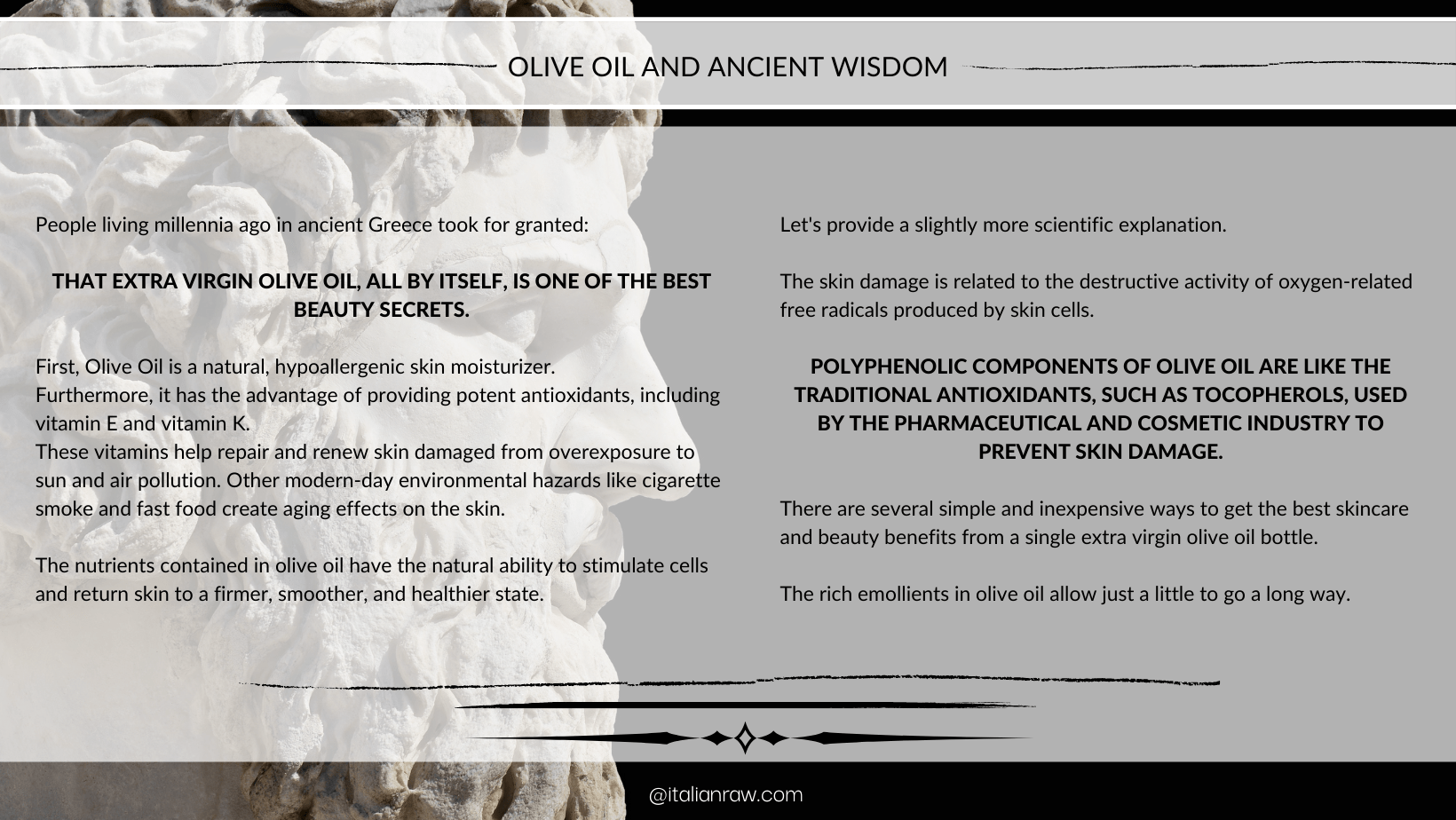

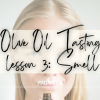

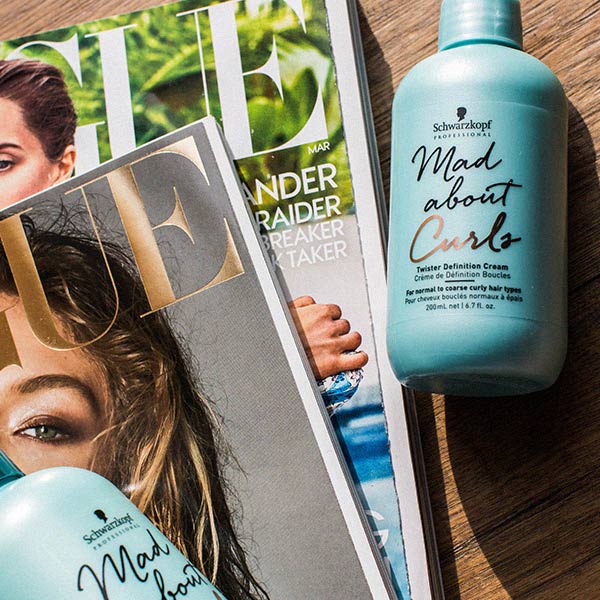


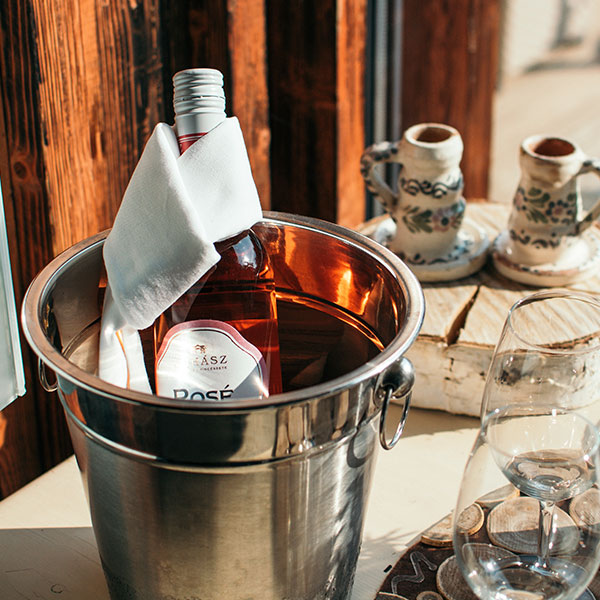

Leave a Reply